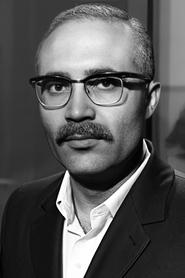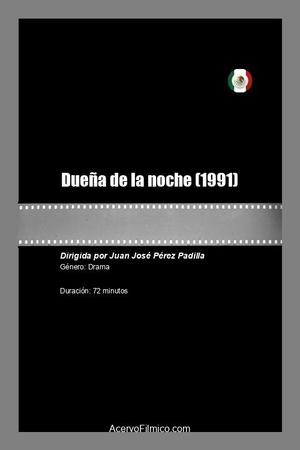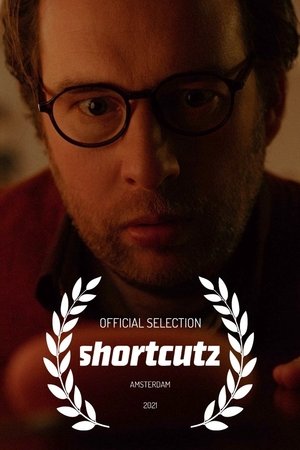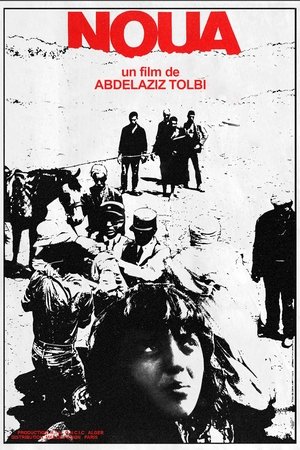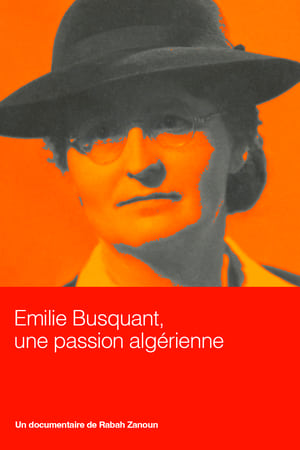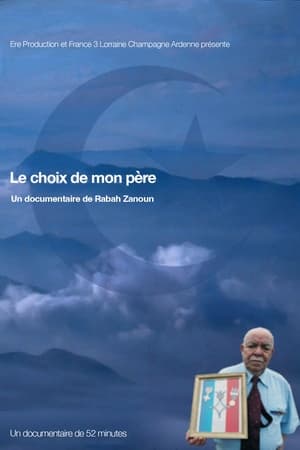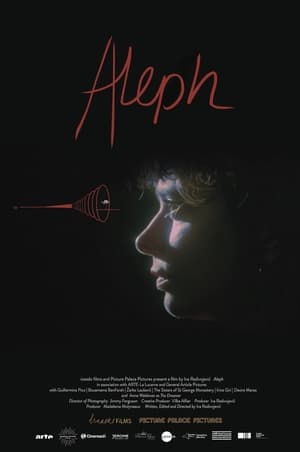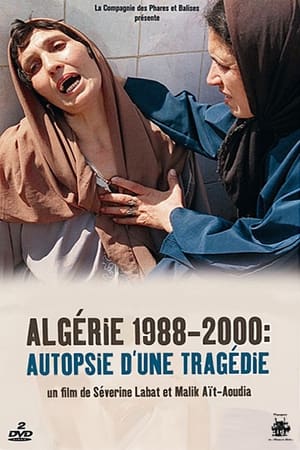
Les Mains Libres(1965)
In 1964, Algeria, just two years after the end of the war of independence, found itself catapulted into new contradictions, a still rural territory which responded to the modernity brought by the revolution. Filmed during the winter of 1964-1965 by the young director Ennio Lorenzini, it is the first international Algerian production which paints a rare portrait in color of a multifaceted nation, far from the simplistic vision created by the press and the French army. Produced by Casbah Film, Les Mains Libres (initially titled Tronc De Figuier) bears witness to the stigmata of colonization and the future of free Algeria throughout the Algerian territory and reveals the richness of its landscapes and the diversity of its traditions . The documentary, using the aesthetics of militant cinema of the time, is made up of four scenes: Sea and Desert, The Struggle, The Earth, Freedom.

Movie: Les Mains Libres
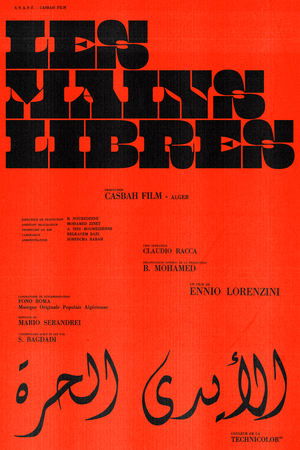
Les Mains Libres
HomePage
Overview
In 1964, Algeria, just two years after the end of the war of independence, found itself catapulted into new contradictions, a still rural territory which responded to the modernity brought by the revolution. Filmed during the winter of 1964-1965 by the young director Ennio Lorenzini, it is the first international Algerian production which paints a rare portrait in color of a multifaceted nation, far from the simplistic vision created by the press and the French army. Produced by Casbah Film, Les Mains Libres (initially titled Tronc De Figuier) bears witness to the stigmata of colonization and the future of free Algeria throughout the Algerian territory and reveals the richness of its landscapes and the diversity of its traditions . The documentary, using the aesthetics of militant cinema of the time, is made up of four scenes: Sea and Desert, The Struggle, The Earth, Freedom.
Release Date
1965-08-14
Average
10
Rating:
5.0 startsTagline
Genres
Languages:
العربيةFrançaisKeywords
Recommendations Movies
 7.0
7.0How Wonderful to Die Assassinated(it)
How Sweet it is to Die Murdered (Quanto è bello lu murire acciso) is an Italian historical film written and directed by Ennio Lorenzini and released in 1975. The original title of the film is that of a popular song reworked by Roberto De Simone, who is considered the precursor of the Neapolitan folk revival of the 1970s. The film depicts the failed expedition organized by Carlo Pisacane in 1857 to provoke an uprising in the Kingdom of the Two Sicilies.
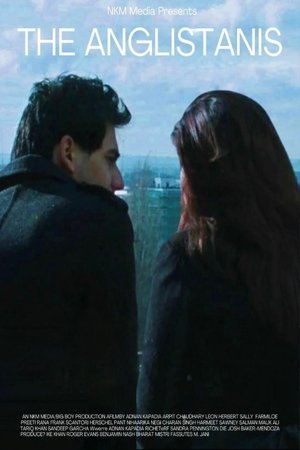 8.0
8.0The Anglistanis(en)
A regular student house in London. A regular bunch of students and ex-students. This is their home from home - only home is India! Meet the Anglistanis, a bunch of "Desis" trying to make their way in the big city. Arpit; tall, handsome, studying... or is he? Sameer; funny, greedy, lazy - he's here to study... what was that subject? Kalpana; she's a model student... and a nag! Rehan; he's a student of IT... and love! Jignesh; he's a student of life... and trying to earn a crust. Arjun; he's the master of the house... or is he? The house is bursting at the seams and landlord-cum-father figure Kuldeep is trying to keep order. But when the beautiful Nisha, Arpit's old flame from India, asks for a place to stay, their world is turned upside down with love triangles, gangsters and even cross dressing Mujra dancers!
 5.7
5.7Private Imaginings and Narrative Facts(en)
“A montage of still and moving images, mixing and alternating black people and white people, fantasy and reality, a presidential suite and a mother’s kitchen: a sensitive, poetic evocation in the manner of the film-maker’s Remembrance. Brilliantly colored and nostalgic, it comprises a magical transformation of painterly collage and still photographic sensibility into filmic time and space.” - Charles Boultenhouse
 6.5
6.5Frank & Wendy(et)
Two American secret agents - Frank and Wendy - are sent to the world's hotbed of danger, known as Estonia. Estonia is a silly place, perhaps even sillier than the agents themselves. Frank and Wendy, for whom saving the world is their daily work, achieve both mental and manual feats with the greatest of ease. It appears that nothing can prevent their ultimate victory, but go figure. The axis of evil does not wither and attacks the super-agents from where they can least expect it...
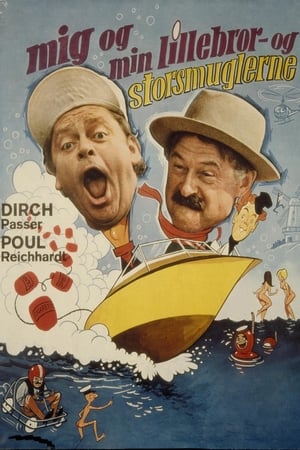 6.0
6.0Me and My Kid Brother and the Smugglers(da)
Me and my Kid Brother and the Smugglers is a 1968 Danish comedy film directed by Lau Lauritzen Jr. and starring Dirch Passer.
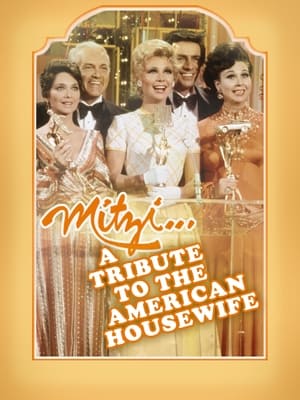 6.0
6.0Mitzi... A Tribute to the American Housewife(en)
Mitzi Gaynor and guests Ted Knight (Mary Tyler Moore Show), Jerry Orbach (Chicago), Suzanne Pleshette (Bob Newhart Show) and Jane Withers in music, dance and comedy vignettes celebrating housewives. Songs include "Married," "I Can Cook, Too," and "You Are the Sunshine of My Life." The cast also attend a party performing "The Little Things We Do Together" from Stephen Sondheim's Company.
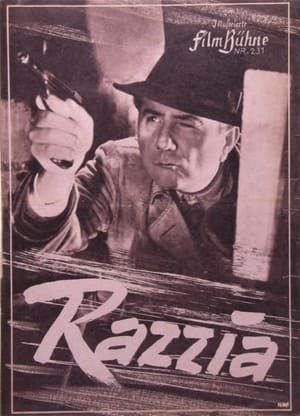 5.0
5.0Raid(de)
Shortages in postwar Berlin have created a blooming black market, and the goods rounded up during a major police raid all seem to come from the same source. The trail leads Commissioner Naumann to the Alibaba Cabarett, but he is unable to find conclusive evidence to convict its owner Goll.
Anger Sees Red(en)
Starring the color red, we see a chap in a blue shirt & blue baseball cap walking down a pink street (thanks to camera filters). Discarding the shirt he takes a nap in the sun, but soon sits up & introduces himself as Red. His missing blue shirt reappears & he goes for a walk looking at stop signs, because they're red, & walks past walls painted red, arriving home to look out the window with binoculars, presumedly at something red.
 10.0
10.0Capture the Moment Day 2 HoneyWorks Stage(ja)
Day 2 HoneyWorks stage for “Capture the Moment” Savor it. Treasure it. Continued growth since 1st fes. Cherished memories. Emotions. A future that is built to last. And this moment is no less precious. Treasure every moment, most importantly this very one. Here, now. In staying true to those ideals, hololive 5th fes. will take place on a three-sided stage – an unprecedented and monumental first for hololive production! Connecting past, present, and future, we aim to hold a performance the likes of which have never before been seen.
Enchant: Live At Last(en)
For over 10 years, and over the course of 7 albums, Enchant has been building a loyal following and a stellar reputation as being one of America's top Progressive rock acts. On March 13th, 2004, Enchant played a blistering 2 1/2 hour show at the I-Musicast in Oakland, CA. Fans from all over the world flew in for the gig to see the long awaited recording and filming of the show. Along with their regular hard rockin' Progressive songs, the band did a few acoustic versions of some of their more popular tracks.
 9.7
9.7Janma Janma(ne)
Janma Janma is a Nepali film that delves into love, dreams, and the cycle of life. The story follows Amar and Praya, a couple deeply in love. Praya is haunted by recurring dreams of someone trying to kill her, which leave her anxious and fearful. Amar, along with her parents, reassures her that the dreams aren’t real and encourages her to move forward. Praya eventually finds a new beginning, embracing a fresh life. However, she discovers that her old friends didn’t get the same chance at renewal. She shares this realization with Amar, urging him to cherish love and life. The story concludes with Amar reflecting on her words, highlighting the fleeting yet profound beauty of existence. Janma Janma is directed by Sital Nepal and written by Yubraj Lama. It weaves an emotional narrative of second chances, dreams, and the power of love to overcome life’s uncertainties.
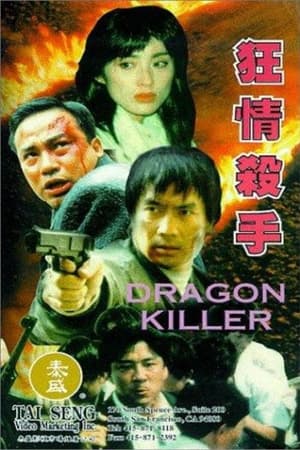 4.5
4.5Dragon Killer(cn)
A boat load of illegal Chinese immigrants make it to the California coast. But many of those on board are in a sad state. One of them (Tony Liu) makes a run for it and jumps overboard. He knows what lies ahead for the unlucky few who have manged to survive. The illegal heads for the city to look for a certain individual. Simon Yam stars (in a low key role) as a former triad who's trying to go legit (for some shady ulterior motives. The illegal knows what Simon is all about and wants him in a big way.
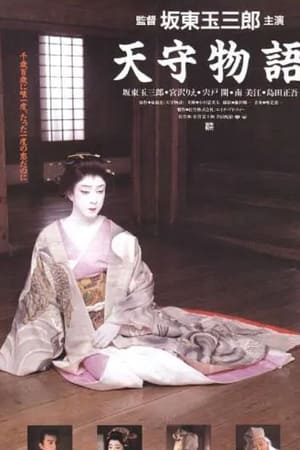 6.5
6.5The Tale of Himeji Castle(ja)
A young samurai dares to approach a castle mistress as he searches for an escaped falcon, a crime punishable by death, but escapes with his life. He is forced to return to the castle by the dying light, but the mistress has become fascinated with him...
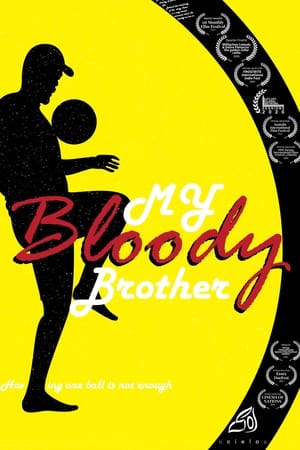 10.0
10.0My Bloody Brother(en)
A girl and her brother are quarantined in their house during a pandemic. She shoots clips of him in her own way to document her mini-project of making him useful
 8.0
8.0Love Love Love(en)
Man hopes to get a girlfriend which he loves but he ends up in friend zone.
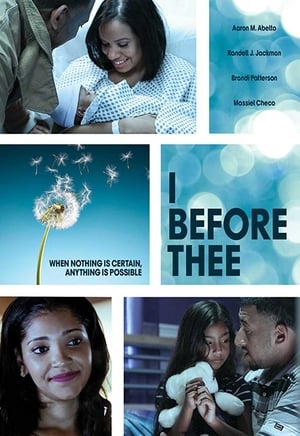 9.2
9.2I Before Thee(en)
Jeffery hasn't been the same since the loss of his wife who died during childbirth. Now crisis returns to his life, as his only child is diagnosed with leukemia, sending him into a tailspin. He turns away from his faith, feeling that life is no longer worth living. As God brings reminders of His goodness into Jeffery's life, will that be enough to guide him back to what matters most?
Similar Movies
 10.0
10.0It's Bisan from Gaza and I'm Still Alive(ar)
Bisan Owda, journalist and influencer collaborator of the media AJ+, is at the forefront of reporting by filming with her phone, the daily life of Palestinians to the world since October 7, 2023, the start of the war and devastation from Gaza. Owda's storytelling style and resilience have captured international attention, with his work widely covered by international media. She received an Emmy Award in 2024 for her outstanding coverage of the ongoing conflict in Gaza.
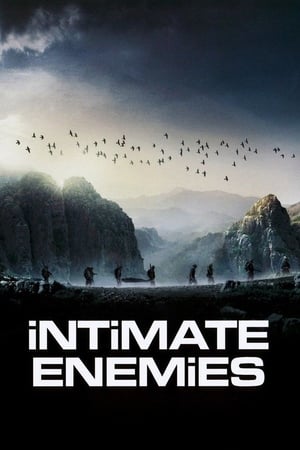 6.3
6.3Intimate Enemies(fr)
A drama following a French platoon during Algeria's war of independence.
 8.5
8.5Algeria in Flames(ar)
These are the first images shot in the ALN maquis, camera in hand, at the end of 1956 and in 1957. These war images taken in the Aurès-Nementchas are intended to be the basis of a dialogue between French and Algerians for peace in Algeria, by demonstrating the existence of an armed organization close to the people. Three versions of Algeria in Flames are produced: French, German and Arabic. From the end of the editing, the film circulates without any cuts throughout the world, except in France where the first screening takes place in the occupied Sorbonne in 1968. Certain images of the film have circulated and are found in films, in particular Algerian films. Because of the excitement caused by this film, he was forced to go into hiding for 25 months. After the declaration of independence, he founded the first Algerian Audiovisual Center.
 10.0
10.0Bouzareah(fr)
Arriving aboard the liner “Ville d’Alger”, young French citizens go to Bouzareah to follow a one-year professional training course at the École Normale. After acquiring the basics of the Arabic language and culture, the future teachers are trained to teach the population the basics of modern agriculture, manual work and hygiene. A study trip concludes the training. The teachers are then sent to the regions of their choice, where they will put their knowledge at the service of the inhabitants.
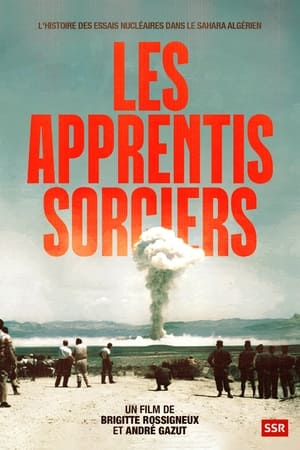 10.0
10.0The Sorcerer's Apprentice(fr)
60 years ago, in the Algerian desert, an atomic bomb, equivalent to three or even four times Hiroshima, exploded. Named the “Blue Gerboise”, it was the first atomic bomb tested by France, and of hitherto unrivaled power. This 70 kiloton plutonium bomb was launched in the early morning, in the Reggane region, in southern Algeria, during the French colonial era. If this test allowed France to become the 4th nuclear power in the world, it had catastrophic repercussions. France had, at the time, certified that the radiation was well below the standard safety threshold. However, in 2013, declassified files revealed that the level of radioactivity had been much higher than announced, and had been recorded from West Africa to the south of Spain.
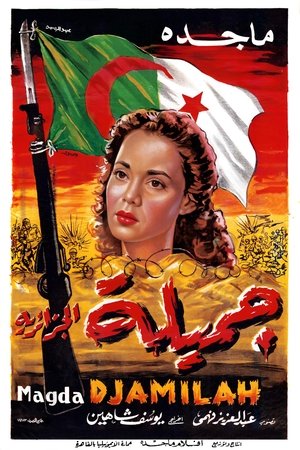 7.0
7.0Jamila, the Algerian(ar)
Djamila, a young Algerian woman living with her brother Hadi and her uncle Mustafa in the Casbah district of Algiers under the French occupation of Algeria, sees the full extent of injustice, tyranny and cruelty on his compatriots by French soldiers. Jamila's nationalist spirit will be strengthened when French forces invade her university to arrest her classmate Amina who commits suicide by ingesting poison. Shortly after the prominent Algerian guerrilla leader Youssef takes refuge with her, she realizes that her uncle Mustafa is part of this network of anti-colonial rebel fighters. Her uncle linked her to the National Liberation Front (FLN). A series of events illustrate Jamila's participation in resistance operations against the occupier before she was finally captured and tortured. Finally, despite the efforts of her French lawyer, Jamila is sentenced to death...
 7.2
7.2Dawn of the Damned(fr)
This excellent feature-length documentary - the story of the imperialist colonization of Africa - is a film about death. Its most shocking sequences derive from the captured French film archives in Algeria containing - unbelievably - masses of French-shot documentary footage of their tortures, massacres and executions of Algerians. The real death of children, passers-by, resistance fighters, one after the other, becomes unbearable. Rather than be blatant propaganda, the film convinces entirely by its visual evidence, constituting an object lesson for revolutionary cinema.
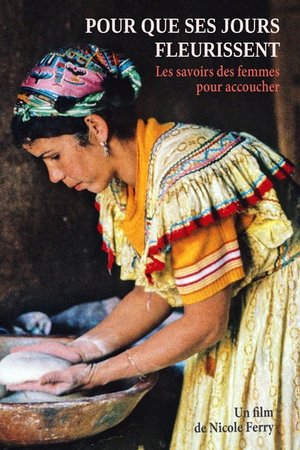 10.0
10.0Pour Que Ses Jours Fleurissent(fr)
Six o'clock in the morning, the sun rises behind the Djurdjura mountain. With precise gestures, learned since childhood, Ouardia raises the water, crouches down to splash his face with cool water. Soon her baby will be born. Hadjila, the traditional midwife, prepares herself internally to help the mother complete the transition from separation. This film talks about the knowledge surrounding birth that Kabyle women have passed down for centuries; knowledge that European women seek to rediscover in order to reclaim this founding passage of our lives.
 10.0
10.0Krim Belkacem(ar)
This film retraces the combat journey of Krim Belkacem, one of the leading figures of the Algerian War. When he left the Dellys barracks in October 1945, the day after the Second World War, Krim Belkacem was 23 years old. He is a man revolted by the May massacres in Sétif, Guelma, Kherrata and several other localities in the ravaged country. But it is also and above all a young Algerian who questions the future of Algeria. On March 21, 1947, Krim at the age of 25, he dug up his "Sten" submachine gun, he took action against the boss of his douar who was none other than his cousin. He goes into hiding with six companions. He meshes this entire part of Algeria with a dense and dense network with the sole objective of taking action which will lead to the outbreak of the armed struggle on November 1, 1954.
 10.0
10.0Algerian Refugees(fr)
Directed by Pierre Clément and Djamel-Eddine Chanderli, produced by the FLN Information Service in 1958, this film is a rare document. Pierre Clément is considered one of the founders of Algerian cinema. In this film he shows images of Algerian refugee camps in Tunisia and their living conditions. A restored DVD version released in 2016, from the 35 mm original donated by Pierre Clément to the Contemporary International Documentation Library (BDIC).
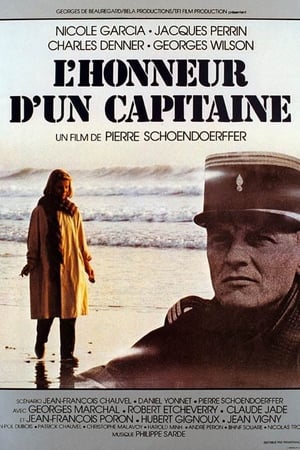 6.0
6.0A Captain's Honor(fr)
During a televised debate on the Algerian war in the early 1980s, Professor Paulet denounced the methods of Captain Caron, killed in action in 1957. The widow of the captain, Patricia, decided to file a defamation suit.
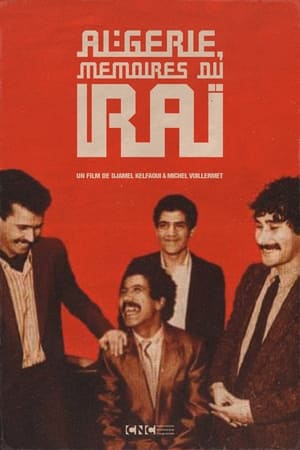 10.0
10.0Algeria, Memoirs of Raï(fr)
In the 1980s, Algeria experienced a tumultuous social context which reached its peak during the riots of October 88. This wave of protest, with youth as its figurehead, echoed the texts of raï singers. Thirst for freedom, misery of life and the aspirations of youth are among the main themes of their works which will inspire an entire generation. More than music, raï celebrates the Arabic language and becomes a vector of Algerian culture, thus providing the cultural weapons of emerging Algerian nationalism With Cheb Khaled, Cheb Mami and Chaba Fadela as leaders of the movement, raï is also a way of telling and reflecting the essence of Algeria in these difficult times. While the threat weighs on artists in Algeria, their exile allows raï to be exported internationally and thus, to bring the colors of Algeria to life throughout the world.
 6.0
6.0Glimpses of Morocco and Algiers(en)
This FitzPatrick Traveltalk short visits the cities of Casablanca, Rabat, and Marrakesh in Morocco, as well as the city of Algiers in Algeria.
 6.0
6.0The Panafrican Festival in Algiers(ar)
Festival panafricain d'Alger is a documentary by William Klein of the music and dance festival held 40 years ago in the streets and in venues all across Algiers. Klein follows the preparations, the rehearsals, the concerts… He blends images of interviews made to writers and advocates of the freedom movements with stock images, thus allowing him to touch on such matters as colonialism, neocolonialism, colonial exploitation, the struggles and battles of the revolutionary movements for Independence.
